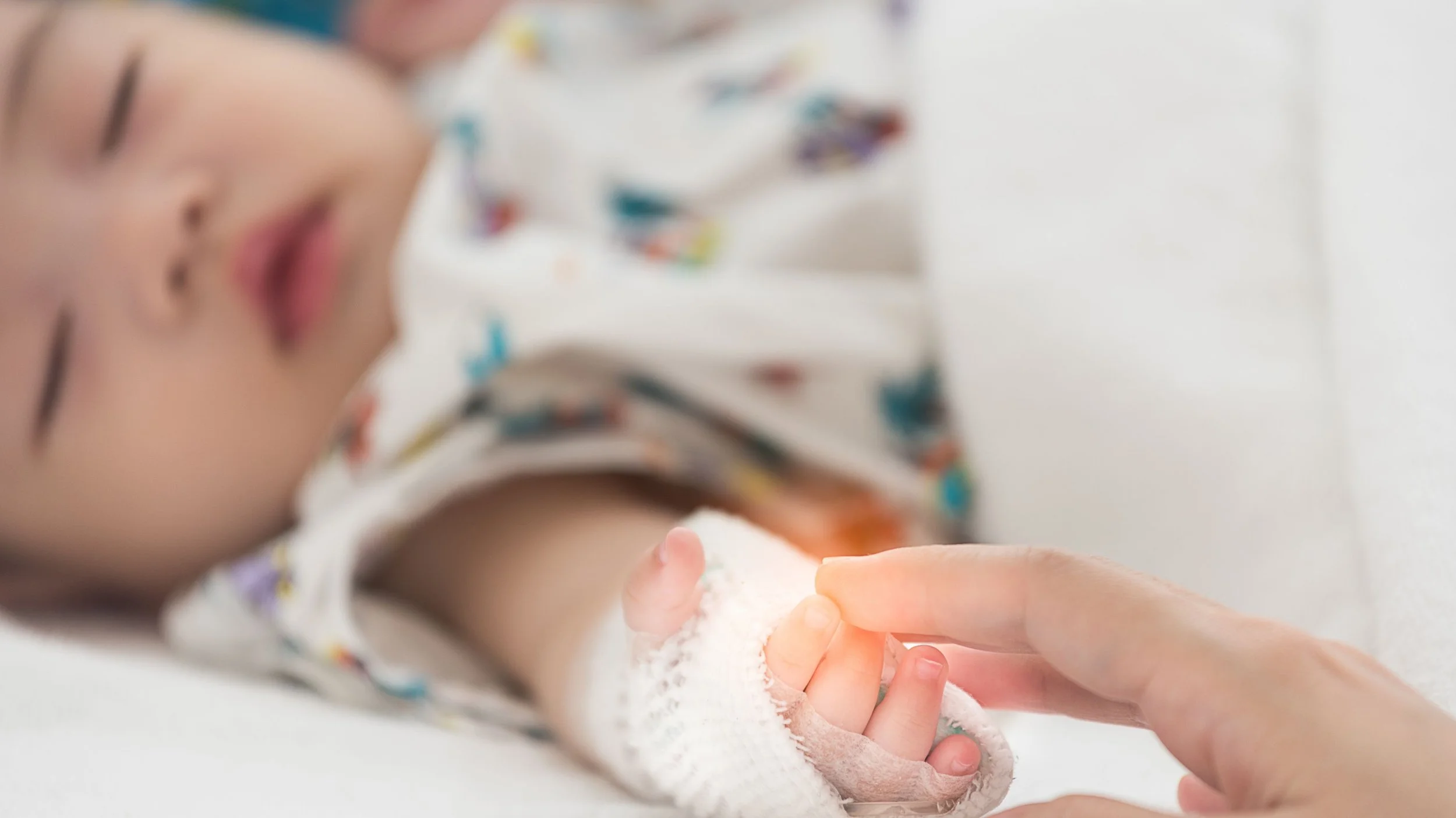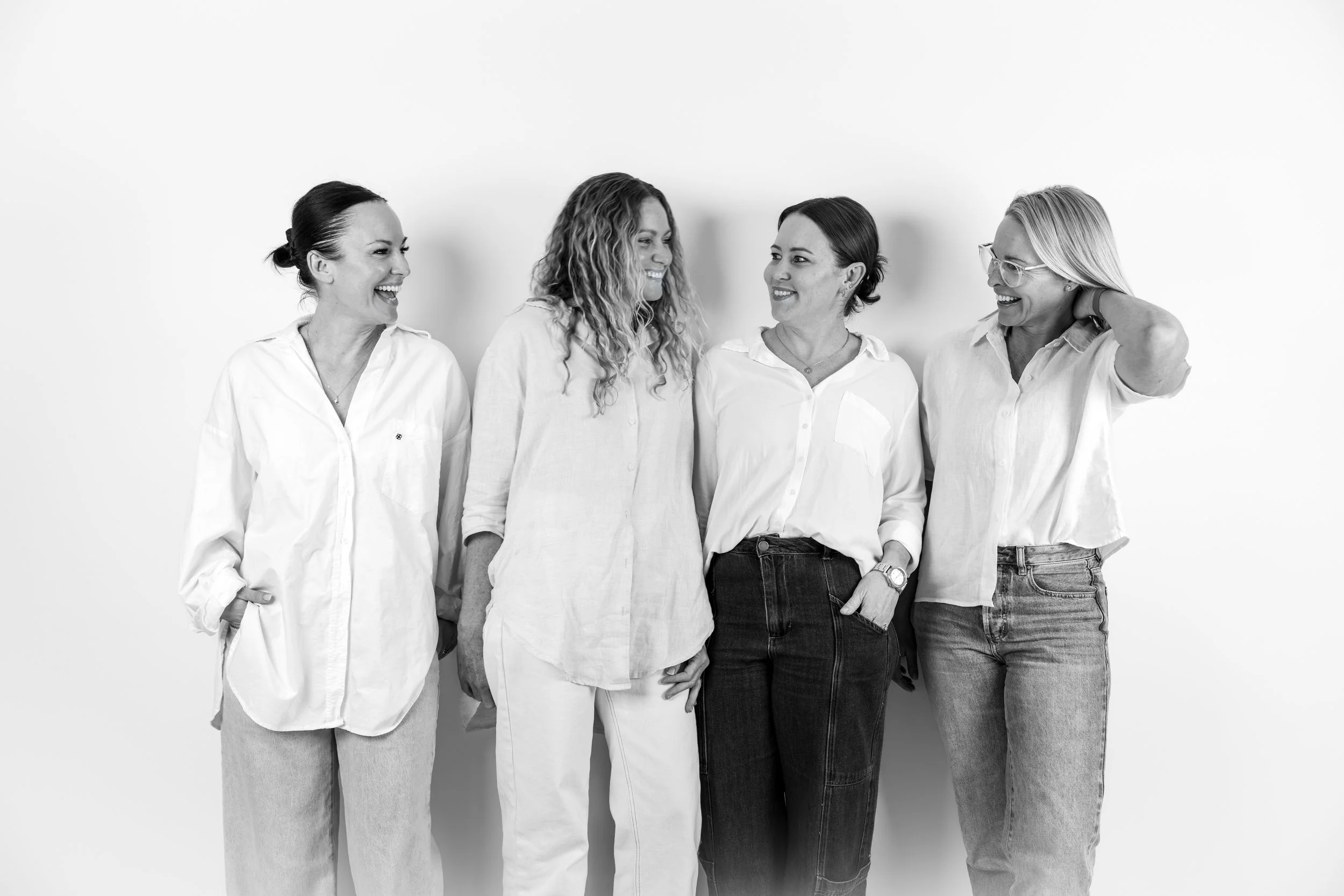Supporting Your Baby’s Development from the Start
We understand that comfort and familiarity are essential when caring for your baby
By providing home-based physiotherapy, we create a nurturing environment where your child can move and develop naturally. This approach allows us to assess their movement in real-life settings, offer personalised therapy tailored to your daily routine, and empower you with hands-on techniques to support your baby’s progress.
With over 20 years of experience as senior physiotherapists
We are dedicated to delivering the latest evidence-based treatments with a caring, professional, and personalised approach. We collaborate closely with families and a multidisciplinary team to ensure comprehensive care.
Our passion lies in helping children
Fulfilling their potential, making therapy a seamless and positive part of your family’s life.
Explore our services
Parent Support
A 3-session package providing specialised physiotherapy support from pregnancy through to the early stages of your baby’s development. Designed to help you feel confident, informed, and prepared during this important transition.
NDIS - Early Childhood Intervention
We support children of all abilities and developmental needs, offering early intervention services for children aged 0–3 years, guiding them through the critical first 1000 days.
Baby Development
General Development – Assessment, identification and intervention support for babies experiencing:
Developmental delays
Difficulty tolerating tummy time
Difficulties with head control
Low muscle tone
Musculoskeletal Conditions
A head-to-toe assessment and management of common infant/baby musculoskeletal conditions, including:
Head preference
Torticollis
Plagiocephaly / Brachycephaly (flat head syndrome)
Developmental hip dysplasia (DDH)
Positional talipes
Brachial plexus injuries
Developmental screening
Developmental screening for at risk infants, babies born premature, and/or with birth complications
General Movements Assessment (GM) – A video-based standardised assessment used in the first few months of life to detect early signs of neurological conditions such as cerebral palsy and babies at risk of motor delays.
Hammersmith Infant Neurological Examination (HINE) – A standardised neurological assessment used in infants up to 2 years of age. It is used as an early predictor of motor delays, neurological conditions, and to identify babies at risk of cerebral palsy.
Antenatal Edcuation
Birth preparation with heart and insight, with the wisdom and guidance from 4 Mumma’s!
Reviews
-
“Briohny was absolutely fabulous with our 18-month-old. She made him feel comfortable and made the sessions enjoyable for him. She was very knowledgeable and gave us very helpful recommendations for activities to do at home with him”
-
"We first saw Kinga when our little girl was 8 weeks old and have been seeing her regularly for the last 5 months. She truly is a gem who has been such a wonderful help to our family. We’ve seen huge improvements in our girl and she’s also been a calm, kind and huge encouragement to me as a mum when I had anxious moments about bubs development. We’d be lost without her."
-
“An absolutely incredible service, can't describe how incredible it is to be able to have a service come to you - especially when little ones are involved!
Brionhy is so kind and knowledgeable. Highly recommend babies on the move!” -
“We started seeing Kinga when my little boy was around 8 weeks old, she was more than happy to not only travel to where I was staying but on a Friday afternoon! Kinga was amazing and demonstrated exercises for my boy to do, nothing was rushed, I stopped to feed, had a turn at the exercises etc. I cannot fault our experience. Since then we have had Kinga visit another time on a Saturday and then was kind enough to do a video appointment when I was worried about his progress. After completing exercises my little boy has progressed in leaps and bounds which I owe to Kinga. The follow up messages to check in are much appreciated and just add to the already great service we received. 100% recommend Babies on the Move 🫶🏽”






